Moths in Somerford Keynes – August 2020
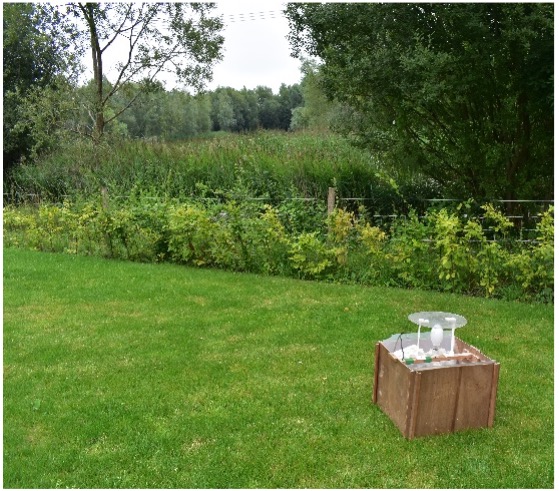
A moth trap was set up in a garden at the end of Mill Lane that looks over lake 99 at the beginning of August 2020. We waited for a warm, calm and overcast night when traps work best. Moth traps are completely harmless to moths. They involve using a very bright light to attract moths which then fall into the trap. They then find refuge from the light in cardboard egg boxes which have been placed into the trap. The moths stay here until released the next day.

The following morning, we approached the moth trap carefully, as quite a few moths had taken shelter in the grass. We saw many bright yellow Brimstones (who live on hawthorn) and two species of Thorns , the Dusky Thorn (whose food plan is Ash and Privet) and the beautiful Canary Shouldered Thorn (below) (which lives on Birch , Alder, Elm and Goat Willows). We released these into the nearby hedgerow, before moving onto the trap itself.
The trap contained a huge variety of moth species. 28 different species were identified in total and over 90 moths were found. The largest was the Poplar Hawkmoth, pictured below. A personal favourite was the Gold Spangle which is now rarer in Gloucestershire, whose golden patches shined brightly in the sunlight. It was wonderful to uncover some of the rich diversity of wildlife associated with the village lake after the sun goes down. Moths form an important part of the ecosystem, being a key food source for bats, so it was great to see such diversity.

Canary Shouldered Thorn

Poplar Hawkmoth

Golden Spangle
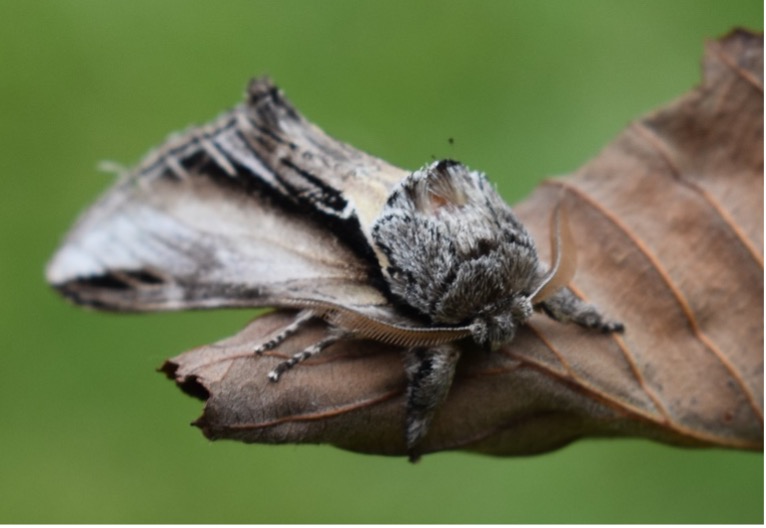
Swallow Prominent – lives on Willows, Poplars & Aspen
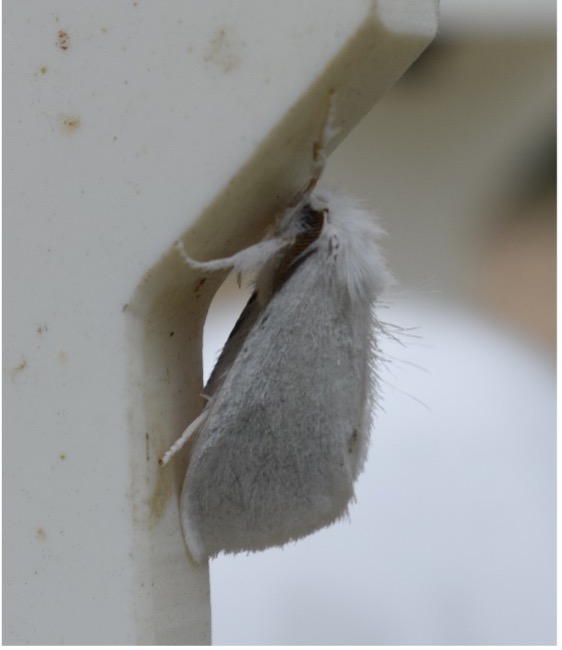
White Satin – lives on Willows, Poplars and Aspen
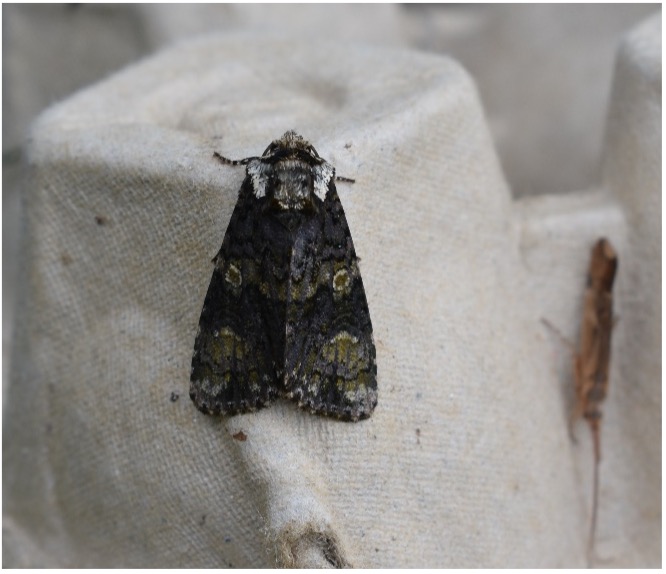
Brindled Green – Oak, Hazel, Hawthorn
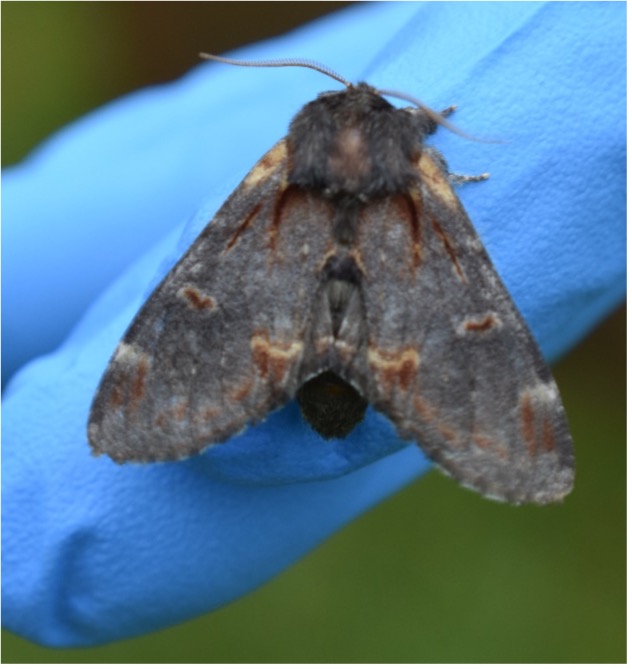
Iron Prominent – Lives on Birch, Alder, Hazel
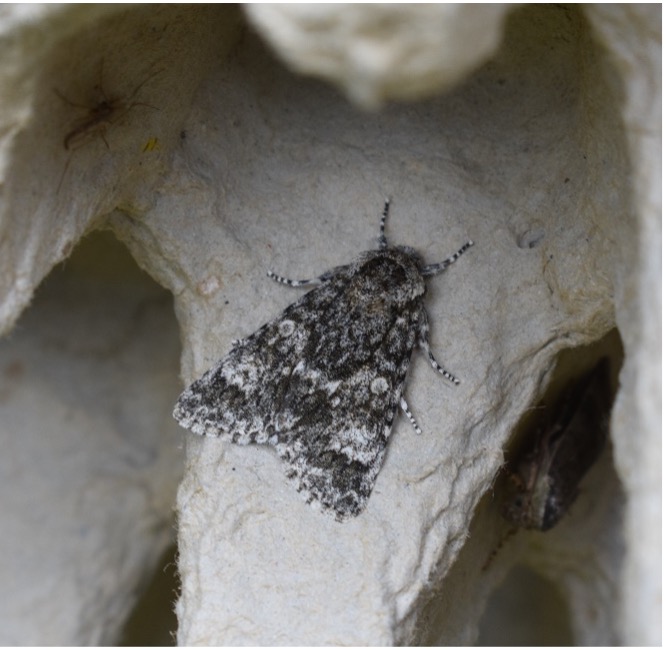
Poplar Grey – Poplars, Aspen, occasionally Willows
Author: James Tipping – local conservationist who lives in Ashton Keynes
With Nick Cartwright

0 Comments